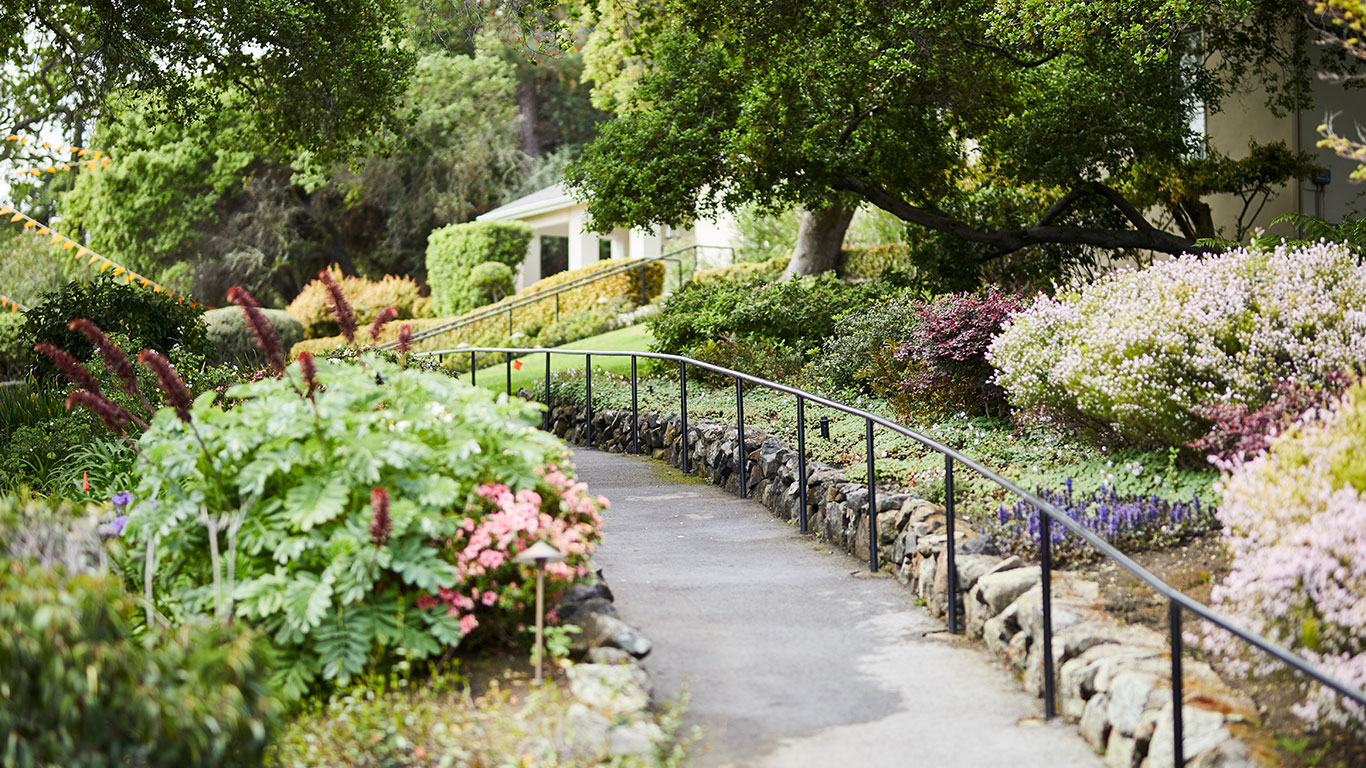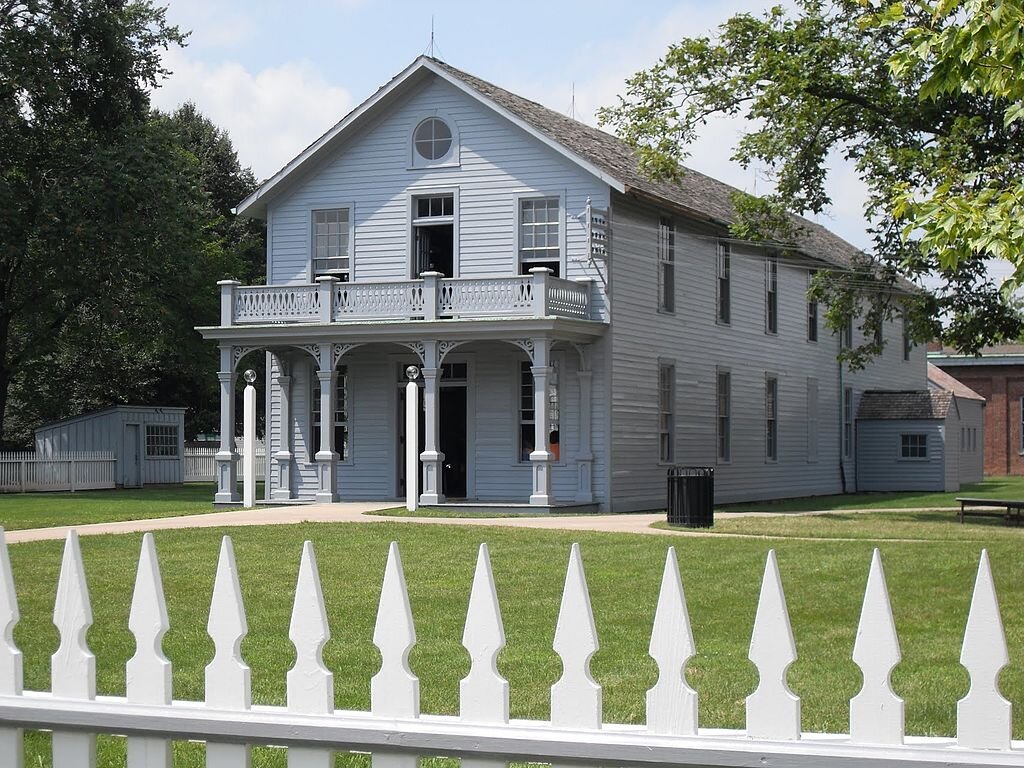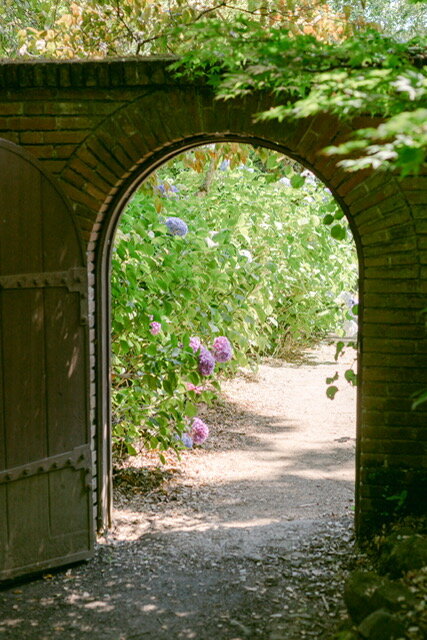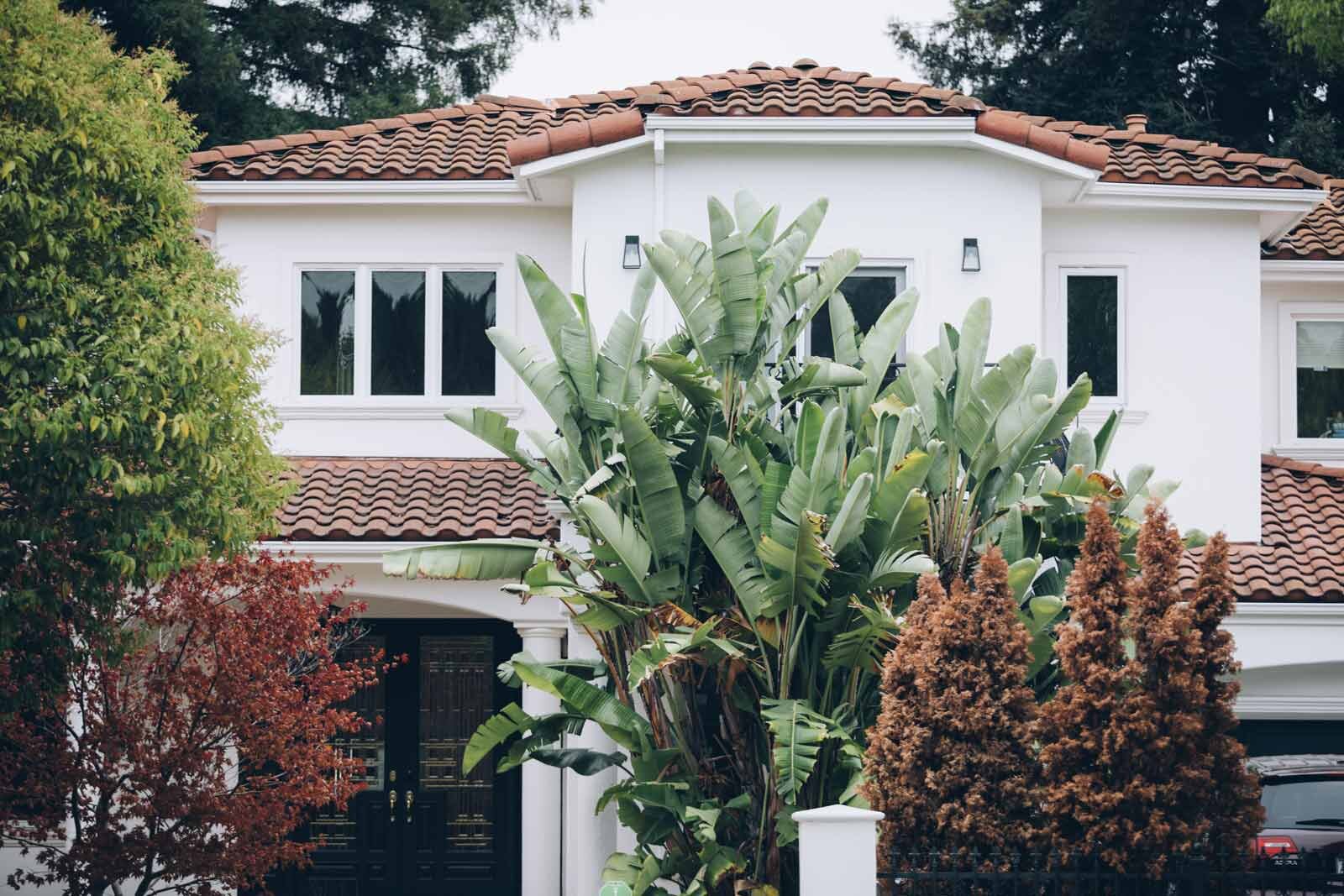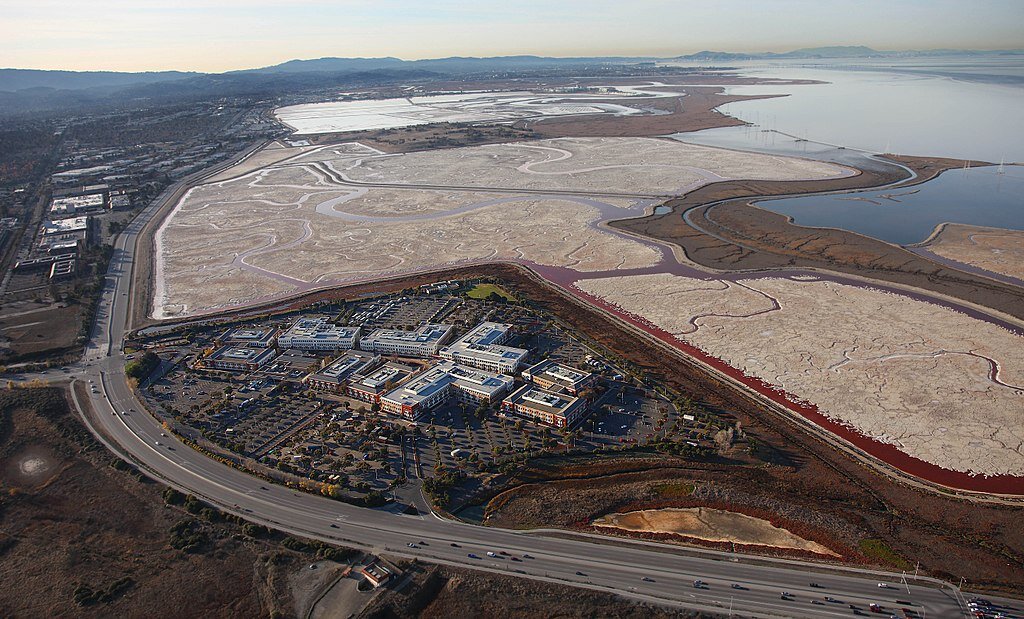Menlo Park
Menlo Park has been called the ‘Sleepy Hollow of California.” And while other Peninsula towns are focusing on bigger and better, residents here want to capture and preserve that 1950s feel.
A bit ironic considering it’s also home to Facebook headquarters and Sand Hill Road, the center of the venture capital community. But take a walk down Santa Cruz Avenue and you’ll experience a quieter downtown feel with small, locally owned businesses. Many neighborhoods still have a rustic vibe with tree-lined streets, large lots and tight-knit community values. People who live here, love it here and they tend to stay a long time. It’s not uncommon for generations of families to all share a Menlo Park zip code.
Menlo Park shares borders with Redwood City, Atherton, Palo Alto and Stanford. This diverse set of neighboring towns adds to the varying communities within its boundaries. You’ll get a very different Menlo Park in the foothills west of El Camino then you will in the communities bordering Highway 101 to the west.
You can’t talk about Menlo Park without mentioning Sand Hill Road. This is some of the most expensive commercial real estate in the United States with its lineup of top venture capital firms. This is the street where dreams have literally come true for thousands of startups. It doesn’t get more Silicon Valley than that.
Lawrence Park / Photo by: Brian Stansberry / CC BY
Depending where you live, residents will either be part of the Menlo Park City or Redwood City School District. The Tinsley Transfer Program brings students in from the Ravenswood City School District in East Palo Alto. Most schools in Menlo Park are fantastic but not all of them. There are also quite a few up-and-coming neighborhoods where young families are moving in and putting pressure on schools to improve. There are several private schools nearby, including Sacred Heart in Atherton.
Despite efforts to preserve Menlo Park in all its tradition, there is a lot of construction happening as seen in this Bayfront Area Projects Overview and Downtown Area Development Projects Overview. And though it was originally a city of bungalows and ranch-style homes, it’s the same story here as the rest of the Peninsula—new homeowners mean remodels and larger, multi-story homes.
Downtown Menlo Park
Whereas many Peninsula downtowns have developed dramatically in the past 15 years, Menlo Park has stayed much the same. It’s this unchanged charm that residents love—and want to preserve. It was originally a hub for furniture stores so you’ll still find a lot of these. For groceries, there is a Trader Joe’s and Draeger’s Market, a popular upscale grocer. There is an assortment of dining options from breakfast at Stacks to one of my favorites, Left Bank, an old school French restaurant. Two of the most well-known downtown destinations are on the other side of El Camino—Cafe Borrone and Kepler’s Books. Kepler’s actually closed its doors in 2005 and residents started a movement to “Save Kepler’s.” It worked. Kepler’s became even more intertwined with the community and is now both a for-profit, community-supported bookstore, and a nonprofit with educational and cultural programming. Close to downtown, there’s the Park James Hotel, a newly built luxury boutique destination on El Camino. You’ll find typical downtown, mixed-used zoning here with more condos, particularly along El Camino.
Allied Arts/Stanford Park
Allied Arts is on the west side of El Camino and is a good place to live if you want a single-family home that is essentially downtown. Many lots have been split into two with newer yet smaller homes that sit front to back on the property. Elsewhere you’ll find older, original homes, well-kept and charming. The neighborhood is next to upscale Stanford Shopping Center and is one of the most walkable with both downtown Menlo Park and Palo Alto in reach. The area gets its name from the Allied Arts Guild, a beautiful property and gathering space for artists since 1929, as well as popular event rental.
Central Menlo Park
Menlo Park mansion / Photo by: RustyShackelford85 / CC BY-SA
Moving further away from El Camino, Central Menlo Park is a spacious neighborhood that borders Downtown and Allied Arts and runs from Atherton to Stanford. It’s a quiet, family-friendly neighborhood with wide streets and large lots. It’s also one of the more expensive areas of Menlo Park. It’s proximity to Sand Hill Road makes it an easy commute for venture capitalists. You’re going to find a mix of old and new construction here—original ranch-style homes next to recently built mansions. People who move to Central Menlo Park, tend to stay here, which gives this affluent area a strong sense of community.
University Heights
University Heights straddles Alameda de las Pulgas and spans Atherton to Sand Hill Road. Like many neighborhoods, smaller cottage style homes are making way for larger, remodeled ones. The businesses that line Alameda mix residential with retail. One of the most famed spots in University Heights is the Dutch Goose, a family-friendly sports bar, and a Peninsula institution. It’s a popular hangout for longtime locals and Stanford students.
Sharon Heights
Located in the foothills, Sharon Heights picks up where University Heights leaves off and runs all the way to Interstate 280. People are attracted to this area for the large lots and the privacy that comes with them. The exclusivity of the area is further enhanced by the many venture capital and financial firms that line famed Sand Hill Road. A huge geographic portion of the community is taken up by Sharon Heights Golf & Country Club. Another notable (and elite) landmark is the Rosewood, a luxury hotel.
Stanford Hills
Photo by: Valentina Nurmatova
This is a small, triangular neighborhood wedged between Sand Hill and Alpine Road. It has a rural feel while still being close to all the conveniences you could possibly need. Homes here are sprawling and some have bay views. There is one road in and only 78 homes, which adds to the tight-knit bond this small community shares. There are many neighborhood events and people live here a long time. It’s rare to see a property available. In one corner of the triangle, you’ll find 3-acre Stanford Hills Park, a quiet neighborhood park with a small playground and large grassy area for picnics.
Stanford Weekend Acres
On the far side of Alpine Road, this is another small community that will make you feel closer to nature than the bustling Bay Area. This is the type of area where your neighbor likely has chickens and you can enjoy the babble of San Francisquito Creek from your backyard. While developers have recently discovered this area, many homes still maintain their humble roots. Most unique is a cluster of 10, one-room cabins on a cul-de-sac. These are collectively owned by longtime residents as part of a tenancy in common. You’ll also find the parking lot for the Stanford Dish nearby. It’s a very popular, paved loop trail named for the 150-foot-diameter dish built by the Stanford Research Institute in 1961.
Park Forest
Back down to the flats, on the other side of El Camino is Park Forest, the smallest community in Menlo Park. This neighborhood consists of about 75 townhouses. You’re not going to get a big yard in Park Forest but you will benefit from its walkability to downtown and neighboring Holbrook-Palmer Park, Atherton’s lush 22-acre park with beautiful gardens, tennis courts, walking paths, community events and even a preschool on site.
Felton Gables
Photo by: Kasimira Photography
On the other side of the Caltrain track is Felton Gables. Also sharing a border with Holbrook-Palmer Park, this tree-adorned neighborhood has quiet U-shaped streets. Getting in and out of the neighborhood can be a challenge due to school traffic. Some of the 127 homes in this neighborhood are original 30s and 40s ranchers but like the rest of Menlo Park, many have been replaced with multi-story remodels. A unique thing are the homes on Felton Drive that have a back gate leading directly into Holbrook-Palmer Park. This has been a topic of discussion as the town of Atherton examines the liability these gates pose. As of recently, residents can pay a $50 annual fee to utilize their private access.
Linfield Oaks
Further south, Linfield Oaks borders Palo Alto and runs from the train tracks to Middlefield Road. Developed in the 50s, you’ll find a mix of smaller single-family homes, apartment buildings and townhouses. Depending where you live in the neighborhood, you’re a short walk to either downtown Menlo Park or Palo Alto. Three parks border the neighborhood—Burgess Park, El Palo Alto Park and Timothy Hopkins Creekside Park along San Francisquito Creek.
The Willows
On the other side of Middlefield Road, you’ll find The Willows, a diverse neighborhood that runs alongside Highway 101 from Willow Road to Palo Alto. Originally a neighborhood of 1920s bungalows, many homes have been remodeled recently into larger, single-family homes. It’s one of the more affordable areas in Menlo Park, so you’re seeing people come in, tear down older homes and make major upgrades. Residents can shop at neighborhood grocer, Willows Market or the handful of businesses along Menalto Avenue.
South of Seminary/Vintage Oaks
On the other side of Willow Road is South of Seminary, a name that comes from St. Patrick’s Seminary & University, a 40-acre campus that sits within the neighborhood. Homes here were originally built in the 20s-50s and tend to be smaller with equally small lots. Near the end of the century, St. Patrick’s wanted to build senior housing on a section of their property. This was very controversial with residents and ultimately defeated. The property was eventually sold to developers and became Vintage Oaks in 1997, a neighborhood of modern homes (six styles to choose from) built on quarter-acre lots.
Menlo Oaks
Photo by: Kasimira Photography
Menlo Oaks embodies the tree-lined streets Menlo Park is known for. Not surprisingly, it’s the numerous oak trees that give it its name. A bit more rustic than other areas, streets are old and narrow without sidewalks. Homes sit on large lots covered with even more trees. Not too long ago, residents would ride horses down the streets and because it’s an unincorporated area of San Mateo County, many of the old-fashioned neighborhood traits live on. At the center of the neighborhood is Peninsula School, a private nursery through 8th grade located in the historic Coleman Mansion.
Suburban Park/Lorelei Manor/Flood Triangle
This long strip of a neighborhood runs along Highway 101 from Marsh to Willow Road. This set of three communities are generally more affordable than much of Menlo Park. They’re within walking distance to the reinvigorated Marsh Manor Shopping Center to the north and popular Flood Park to the south. Lorelei Manor not only claims to have the longest-running homeowner association in California, it’s also been celebrated as the first American neighborhood on Nextdoor.
Belle Haven
Facebook Headquarters / Photo by: Jitze Couperus / CC BY
This is the only Menlo Park neighborhood on the east side of Highway 101. Built as affordable housing during the Great Depression, it has been traditionally thought of as the low-income area of Menlo Park. There’s a mix of small single-family homes and apartment buildings. Belle Haven is experiencing rapid (and at times controversial) change as Facebook expands its campus and funnels its resources into the community, including a multi-generational community center and library.
Fair Oaks
Fair Oaks shares a border with Redwood City, Marsh Road and Middlefield Road. This is an up-and-coming area popular with first time homebuyers. It’s an unincorporated area of San Mateo County with an active volunteer Beautification Association that’s accomplishments include the construction of a pocket park and community playground. Nearby Marsh Manor Shopping Center was rejuvenated in recent years, adding new life to the neighborhood with Delucchi’s Market, a yoga studio, a brewery and a taqueria that hosts live music. 'Little Michoacán' is a notable part of unincorporated North Fair Oaks. It gets its name from the many residents that come from Aguililla and Apatzingán, two towns in the Michoacán. The commercial section on Middlefield Road features a popular Mexican bakery, Panadería Michoacán, and some of the best authentic taquerias on the Peninsula.

